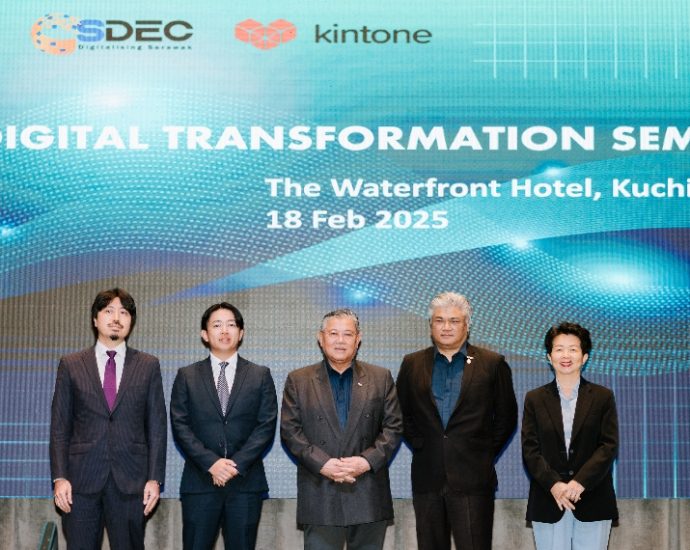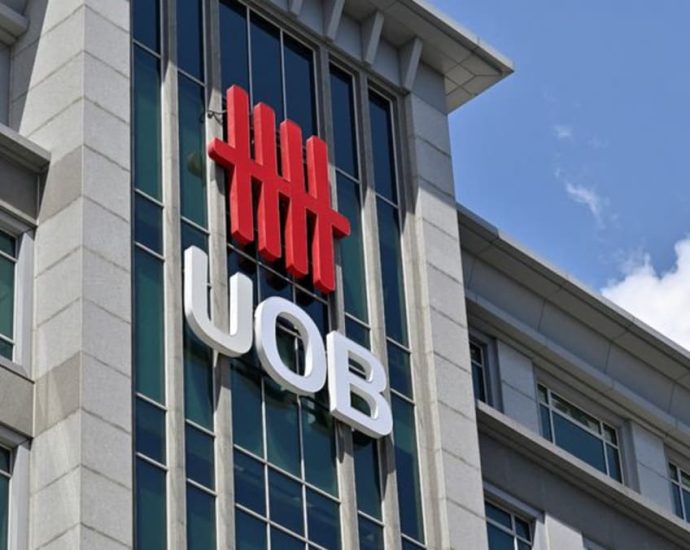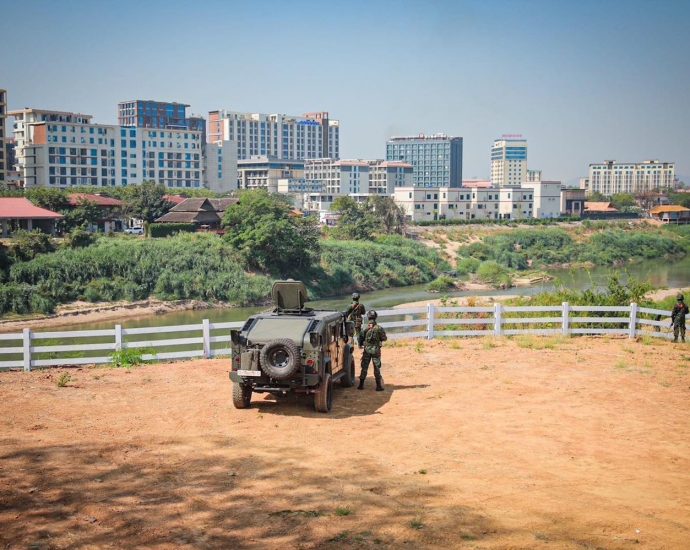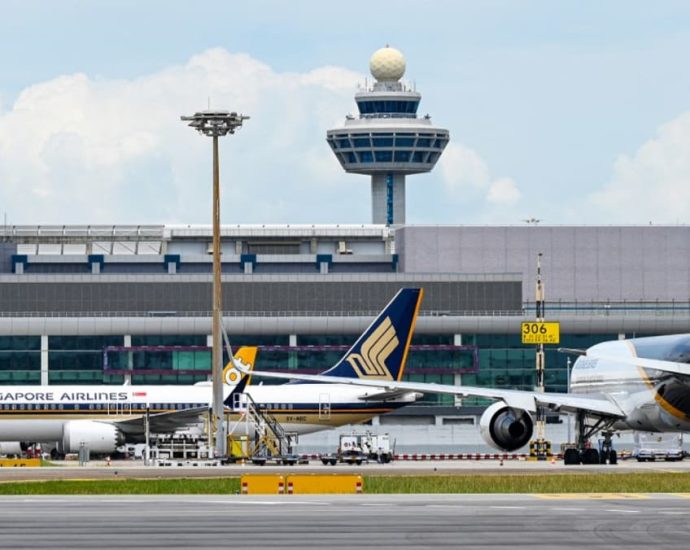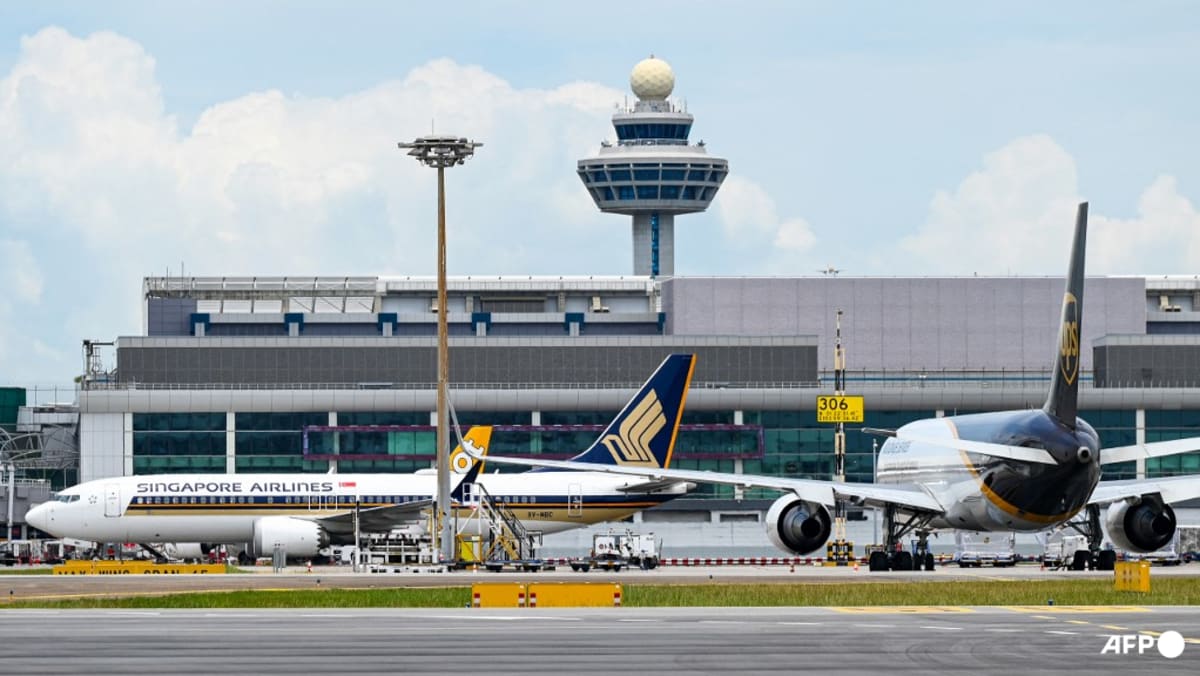Indonesia industrial coal power plans undercut emissions pledge: Report
JAKARTA: Indonesia’s planned expansion of” captive” coal plants used to power industry is threatening its pledge to cut CO2 emissions by 2030 and close all coal-fired plants by a decade later, said a report published on Thursday ( Feb 20 ). Coal-dependent Indonesia, Southeast Asia’s largest economy, is one ofContinue Reading











